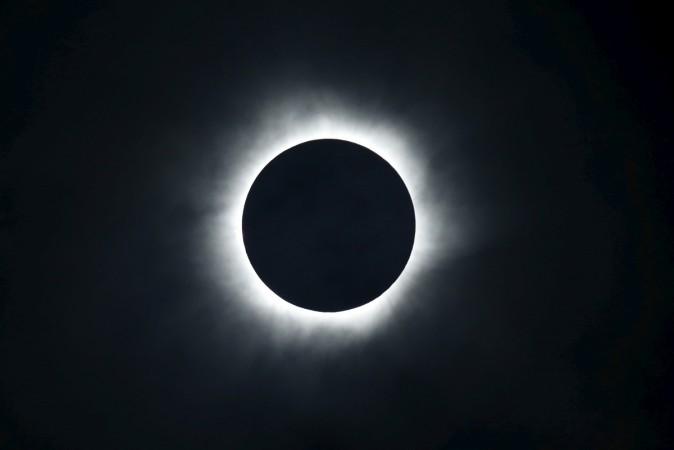
The Total Solar Eclipse is taking place in United States on Monday, August 21 after 99 years. Also known as the Great American solar eclipse, it will be covering a region spanning nearly 112.654 kilometers (70 miles).
ALSO READ: Total Solar Eclipse 2017: Top 7 things to know about the astronomical event [Live Stream link]

Here are some lesser-known interesting facts you need to know:
1. This solar eclipse will be a treat for sky gazers from Oregon to South Carolina in the US, and the electric power grid operators will use this astronomical event as an opportunity to monitor their systems to carry out the test for the biggest renewable energy era.
2. Utilities and grid operators have been planning for the event for years, calculating the timing and drop in output from solar, running simulations of the potential impact on demand, and lining up standby power sources. It promises a critical test of their ability to manage a sizeable swing in renewable power, Reuters reported.
ALSO READ: Giant asteroid Florence to safely pass by Earth on September 1; top 7 things to know
3. A group was formed for solving the issue of the power system of the nation because of the blackout which took place in 1964 as per the North American Electric Reliability Council (NERC).
4. According to NERC's estimations, the next eclipse will take place in 2024, solar will account for 14 percent of the power in the US.
For utilities and solar farms, the eclipse represents an opportunity to see how well-prepared their systems are and how will they respond to the rapid swings in an era where variable energy sources such as solar and wind are climbing in scale and importance, Reuters quoted.
5. This astronomical event taking place on Monday will be observed as a testing event regarding how a major change in the supply can be managed, according to John Moura, director of reliability assessment and system analysis at the North American Electric Reliability Corp.
"It has been tested before, just not at this magnitude," adds Steven Greenlee, a spokesman for the California Independent System Operator (CISO), which is responsible for controlling the routing power the most populous state of US.
6. According to the CISO's estimates, a depletion in the supply of solar output will be observed at the peak hour which will fall from around 8,800 MW to 3,100 MW. This supply of energy is likely to rise up to 9,000 MW when the eclipse gets over.
German utilities that dealt with a 2015 eclipse in the US are being observed by CISO for preparing itself for providing the renewable energy. The grid supervisor added an additional 200 MW to its usual 250 MW power reserves.
"We've calculated that during the eclipse, that solar will ramp off at about 70 MW per minute," said Greenlee, as per Reuters. "And then we'll see the solar rolling back at about 90 MW per minute or more."
7. Rapid drop off in the solar surge before solar eclipse is the main focus of the power utilities, they are prepared to ask the customers to limit the energy usage.
"We want to assure our customers that we have secured enough resources to meet their energy needs, even with significantly less solar generation on hand," said Caroline Winn, chief operating officer at utility San Diego Gas & Electric Co.
More usage will be available in the Eastern US as the utilities will have more time to examine the outcomes of their Western counterparts.
Reuters also revealed that PJM Interconnection, which coordinates electricity transmission among 13 states from Michigan to North Carolina, says non-solar sources such as hydro and fossil fuel can easily supplant the 400 MW to 2,500 MW solar loss, depending on the cloud cover, as per Reuters.
"The event may cost me eighteen cents or thereabouts if my panels don't produce solar for three hours," said Ron Strom , a North Carolina real estate developer, sells the power from a 58 kilovolt system atop a commercial property in Chapel Hill to Duke Energy for small-scale solar providers.
You can watch this astronomical event online right here on NASA's official website.









